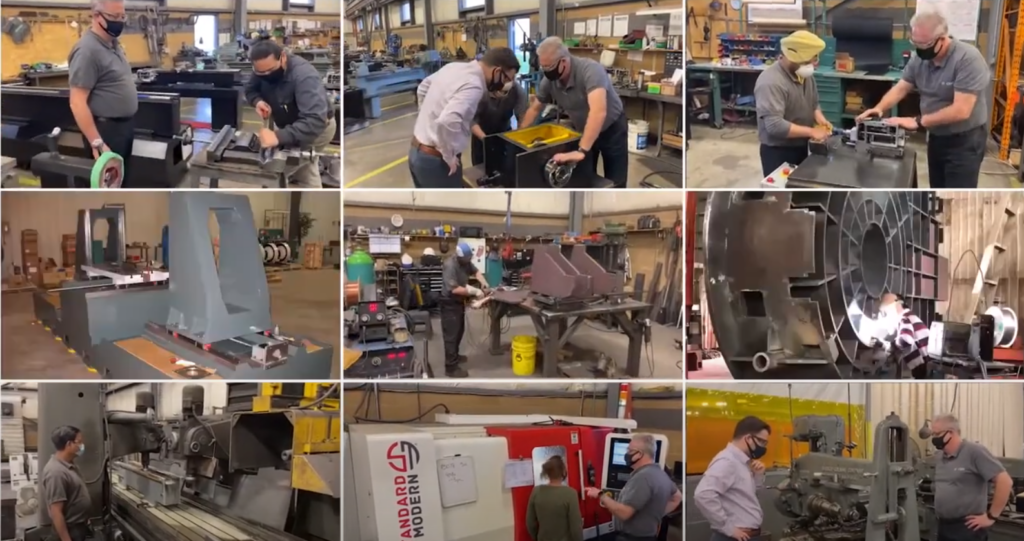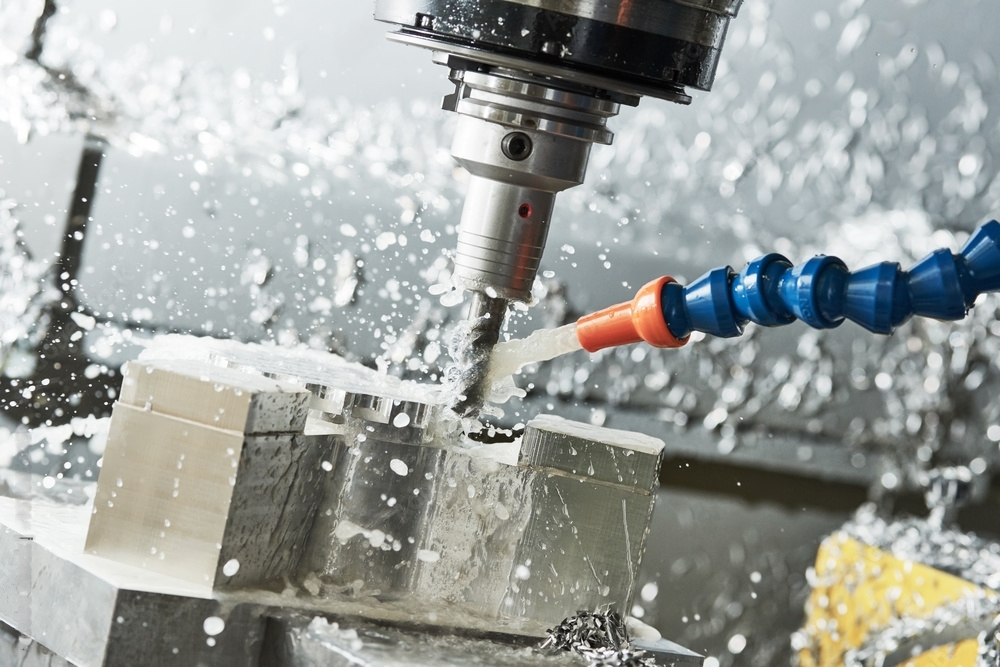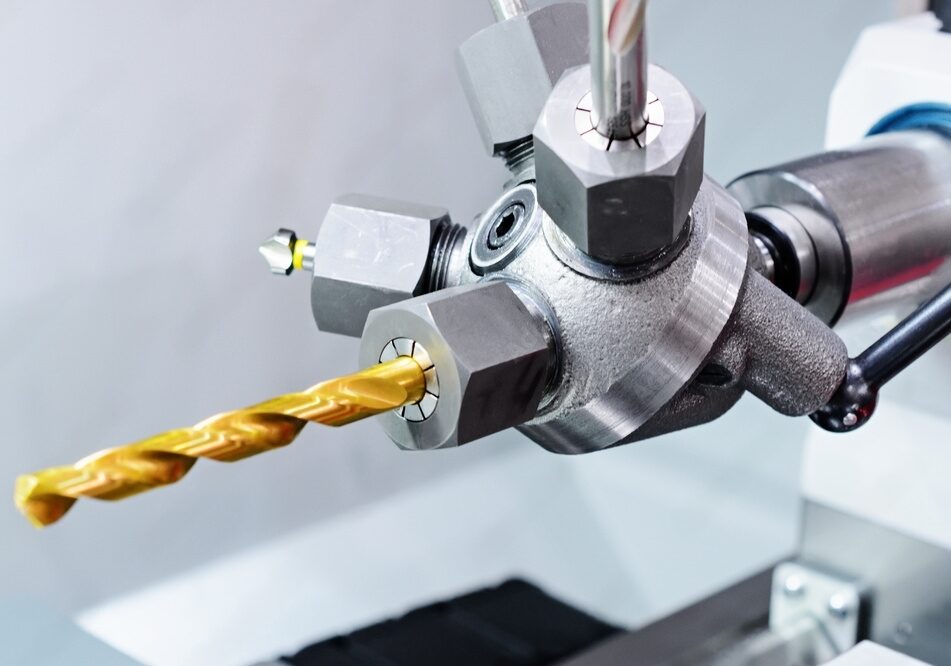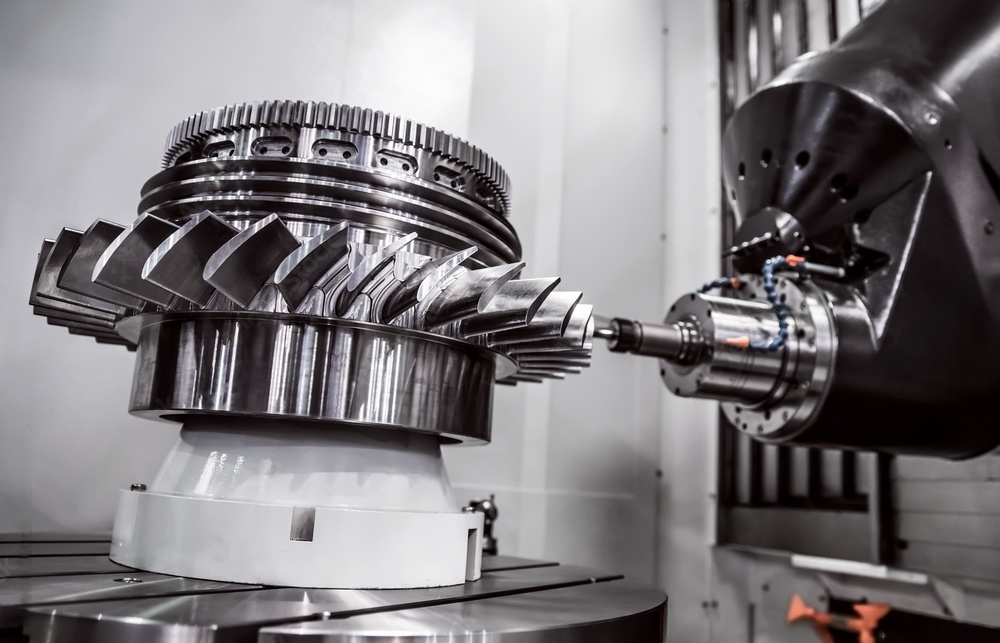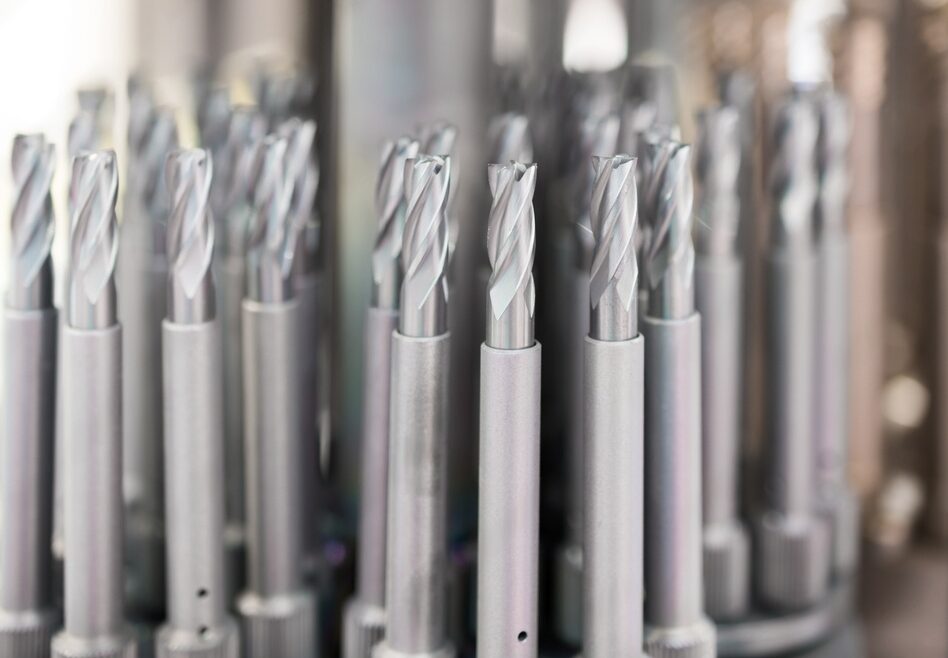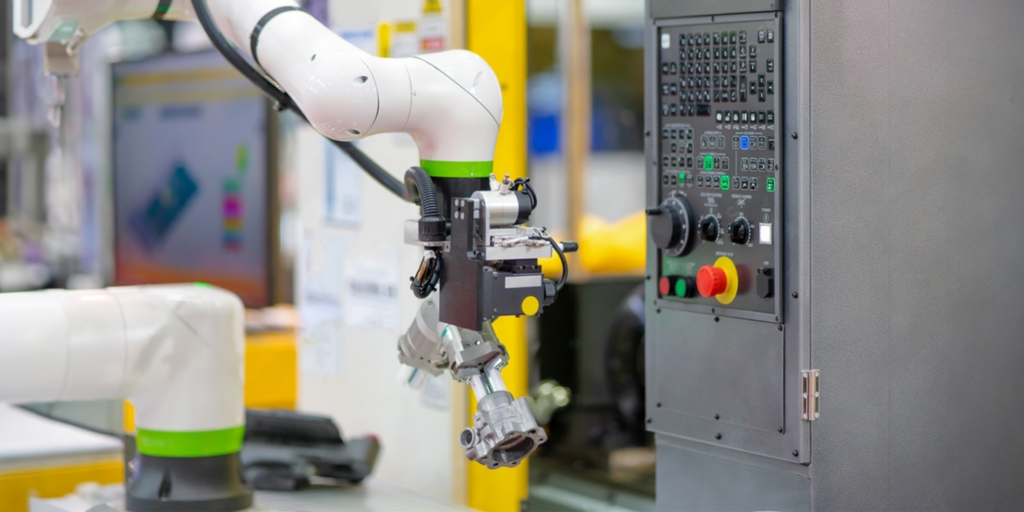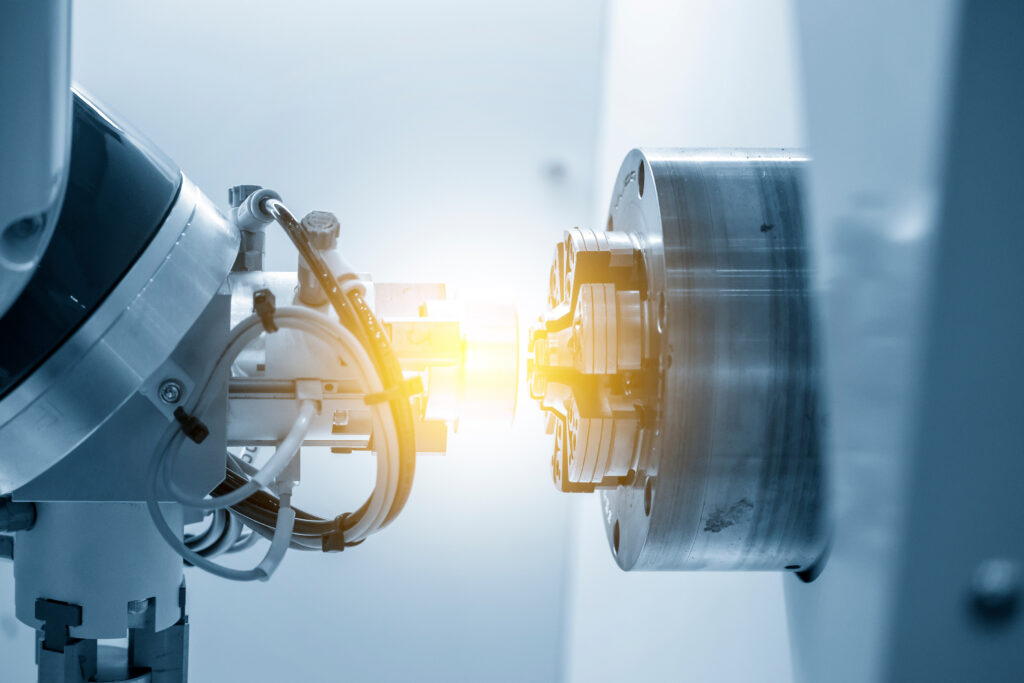Racer Machinery International: Journey Through Generations
Leave a CommentYou may also like:
RACER Receives $1.4 Million Boost from Canada’s Federal Economic Development Agency
Manufacturing Day 2023: A Celebration of Impact
Ontario’s OEM Tool Supplier Advantage: RACER Machinery International
Racer’s Legacy Unveiled
Delve into the rich tapestry of Racer Machinery International Inc.’s legacy—a narrative woven from the visionary beginnings of Don Zoran. Originating in 1983 as Progress Machine, the subsequent evolution into Racer Machinery in 1990 signifies a journey marked by innovation, adaptability, and an unwavering commitment to leading the CNC machinery landscape.
A Legacy Rooted in Progress
The origins of Racer Machinery Intl. can be traced back to Don Zoran, who founded Progress Machine in 1983. Progress Machine collaborated with Standard Modern™ Lathes Inc., laying the groundwork for what would later become RACER’s legacy. The evolution from Progress Machine to Racer Machinery in 1990 marks a transformative phase in the company’s journey.
Transition to CNC Machines and Innovation
From its service-oriented beginnings, Racer Machinery evolved under Don’s vision to manufacture CNC machines. The dream of building diverse equipment became a reality, showcasing the company’s adaptability and commitment to staying at the forefront of technological advancements.
Focused Approach on Larger CNC Turning Centers
Recent years have seen Racer Machinery Intl. strategically focusing on larger CNC turning centers, aligning with market demands. The company’s core products, including Standard Modern lathes, machining centers, and saws, reflect a dedication to meeting industry needs with precision-engineered solutions.
Customization and Phantom Machine Technology™
Racer stands out in the industry by offering made-to-order machines and providing customers with tailored solutions. The incorporation of Phantom Machine Technology™ exemplifies the company’s commitment to innovation, allowing for faster production and reduced noise in their machines.
Family-Driven Global Expansion
Racer Machinery Intl. is on a mission to establish the Racer brand globally. The emphasis on customization, reflected in unique machine lengths, and a dedication to quality through patented technology, positions the company as a leader in the competitive CNC machinery market.
Efficient Production in a Compact Setting
Despite its small team of 30 employees and a 22,000-square-foot facility, Racer’s deep skill set ensures efficient production. The company’s minimalist approach, combined with the integration of new machining technologies, emphasizes a culture of continuous improvement.
Future Endeavors: Expanding Through a Dealer Network
Looking ahead, Racer Machinery Intl. envisions expansion through a dealer network, aiming to showcase its machines on a global stage. This strategic move is geared towards increasing production capacity and ensuring stability in orders for sustained growth.
Racer Machinery International Inc.: A Narrative of Evolution
This parallel narrative delves into the historical journey of Racer Machinery International Inc. from its inception as Progress Machine in 1983. The transformation into Racer Machinery Company Ltd. in 1990 signifies the birth of a brand synonymous with precision and innovation.
Technological Pioneering and Symbolic Shift
The ’90s witness Racer’s technological pioneering with the introduction of the Megatronic PC-CNC Controller. In 2003, a symbolic shift occurs as Racer Machinery Company Ltd. transforms into Racer Machinery International Inc. This transformation reflects a renewed commitment to global competitiveness and innovation.
Integration of Standard Modern™: Adding Manufacturing Excellence
In 2014, the integration of the esteemed Standard Modern™ brand adds over 80 years of manufacturing excellence to RACER’s portfolio. This strategic move reinforces the company’s commitment to craftsmanship and quality.
A Pivotal Moment in 2020: Toward Aerospace Excellence
A pivotal moment unfolds in 2020 as the Federal Economic Development Agency invests nearly $1.4 million in RACER. This investment propels the company toward aerospace excellence, marking a strategic move supported by the government for future growth and innovation.
Global Reach and Reliability
In a contemporary chapter, Racer Machinery International secures a contract to supply the U.S. Army. This collaboration underscores RACER’s role as a reliable provider of high-quality North American-built machinery, serving defense applications on a global scale.
Legacy and Future: Family Values and Innovation
The legacy of Racer Machinery International emerges as a testament to family values and unyielding innovation. The story reflects not just a company’s evolution in CNC machinery but a family’s odyssey through time. The future promises excellence, growth, and the enduring power of familial bonds in shaping the next chapters of RACER’s remarkable journey.
